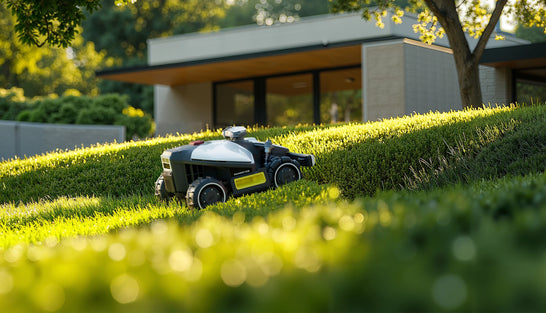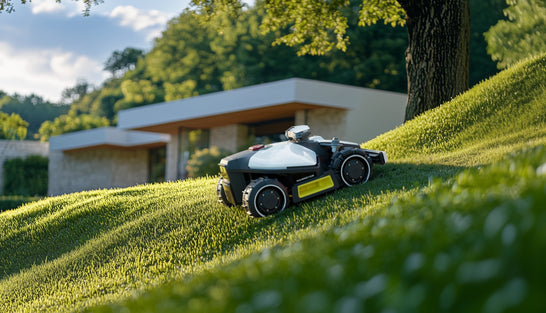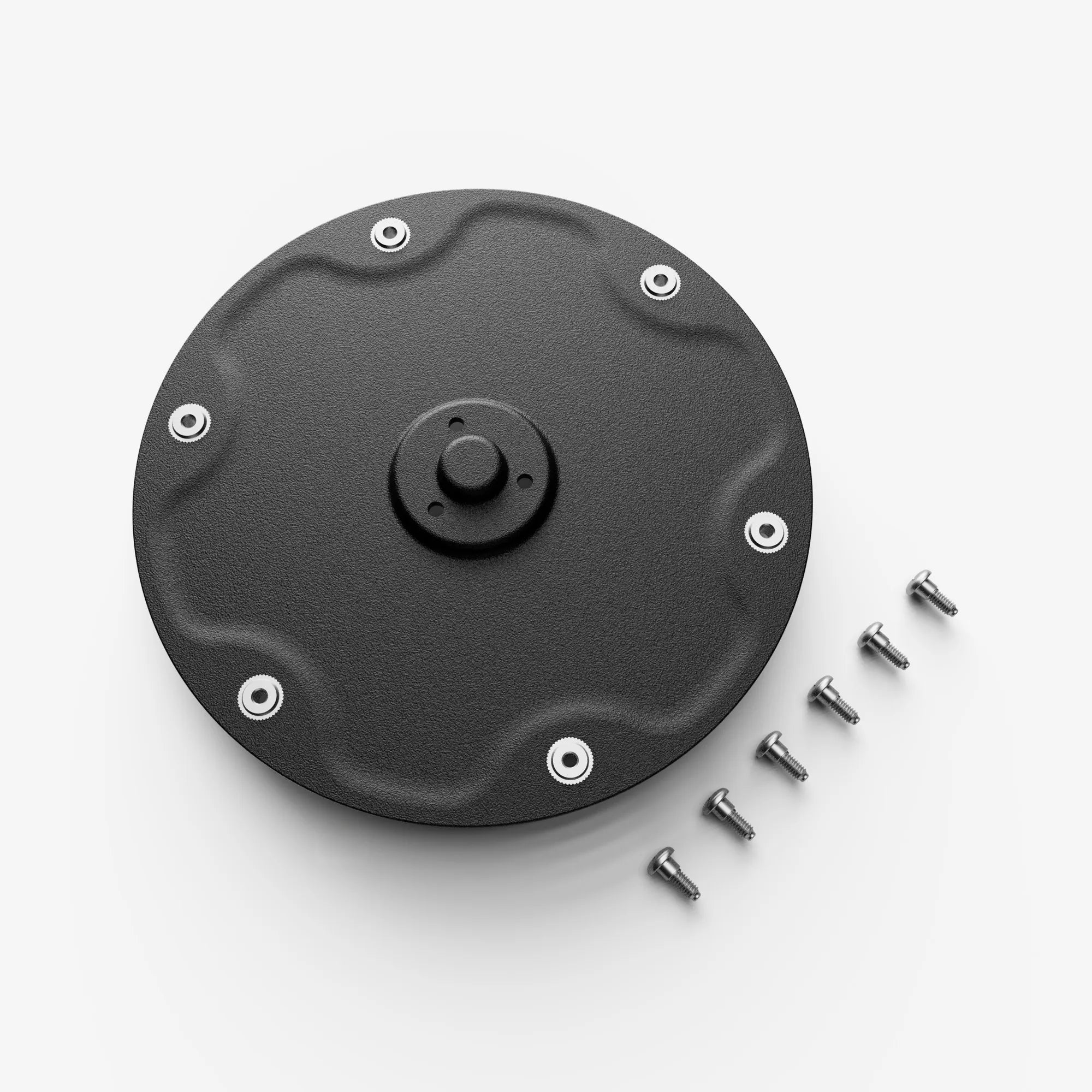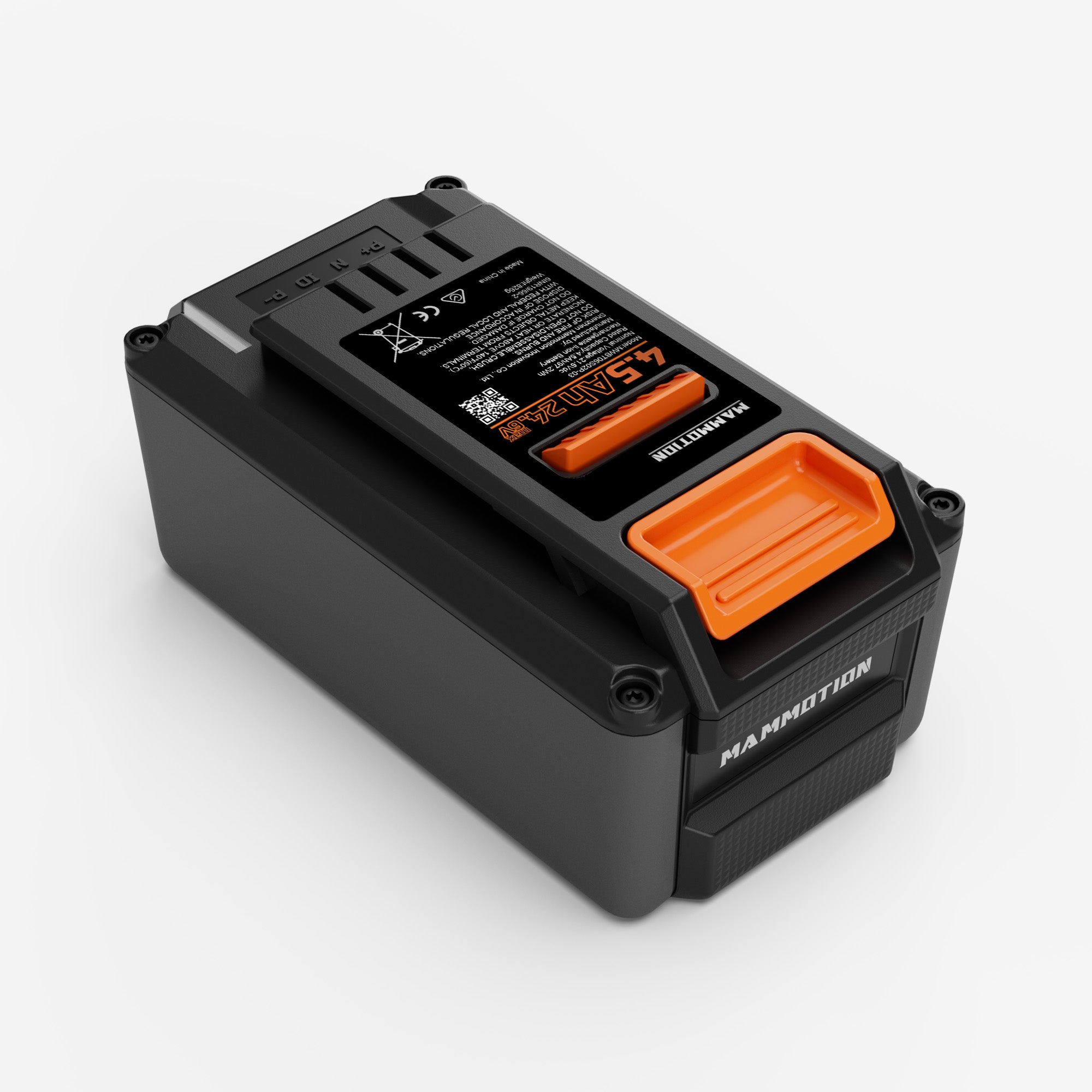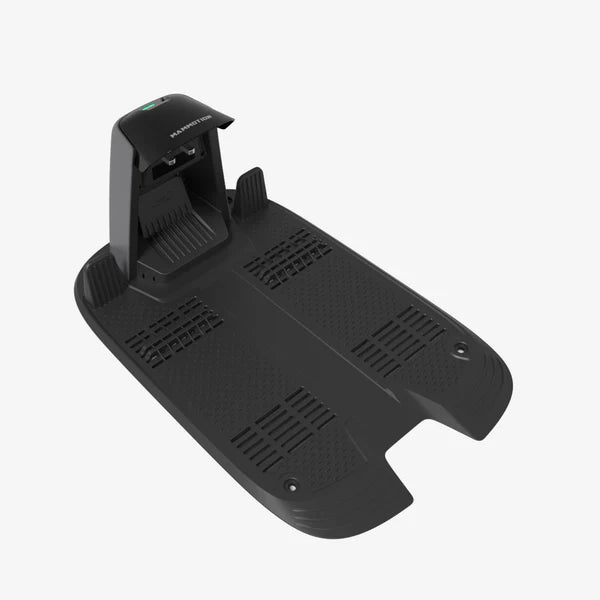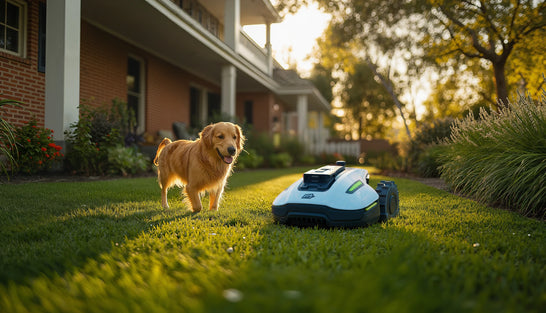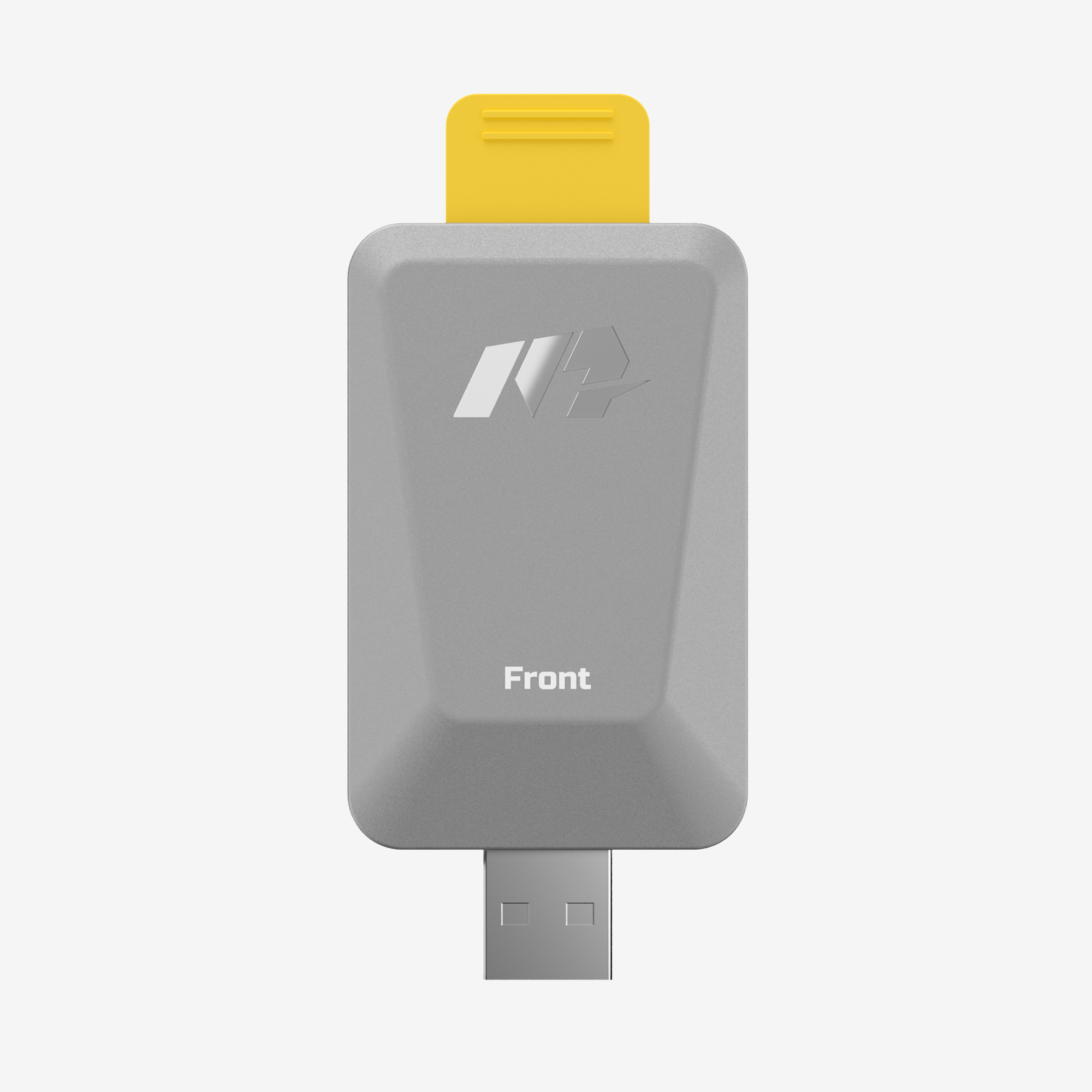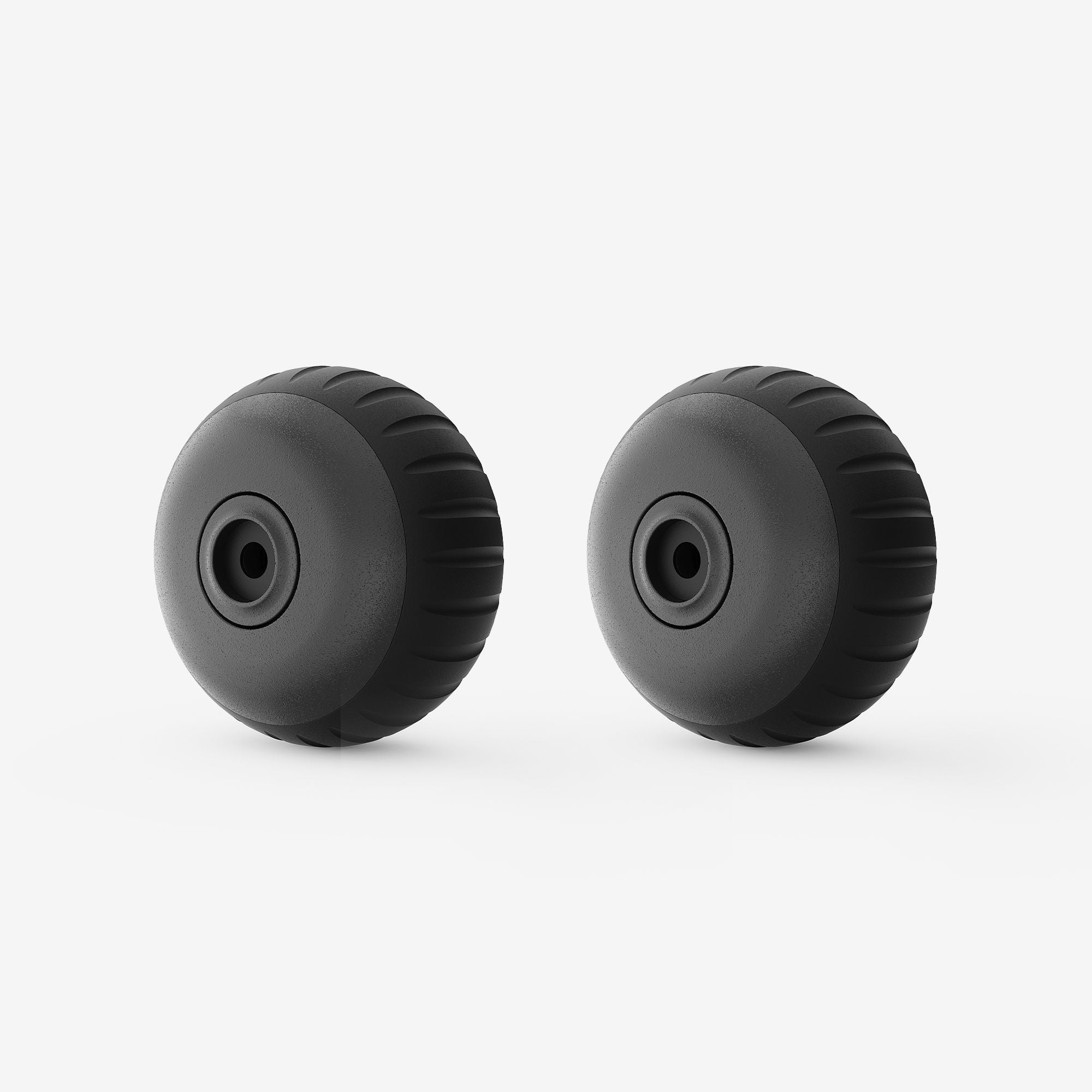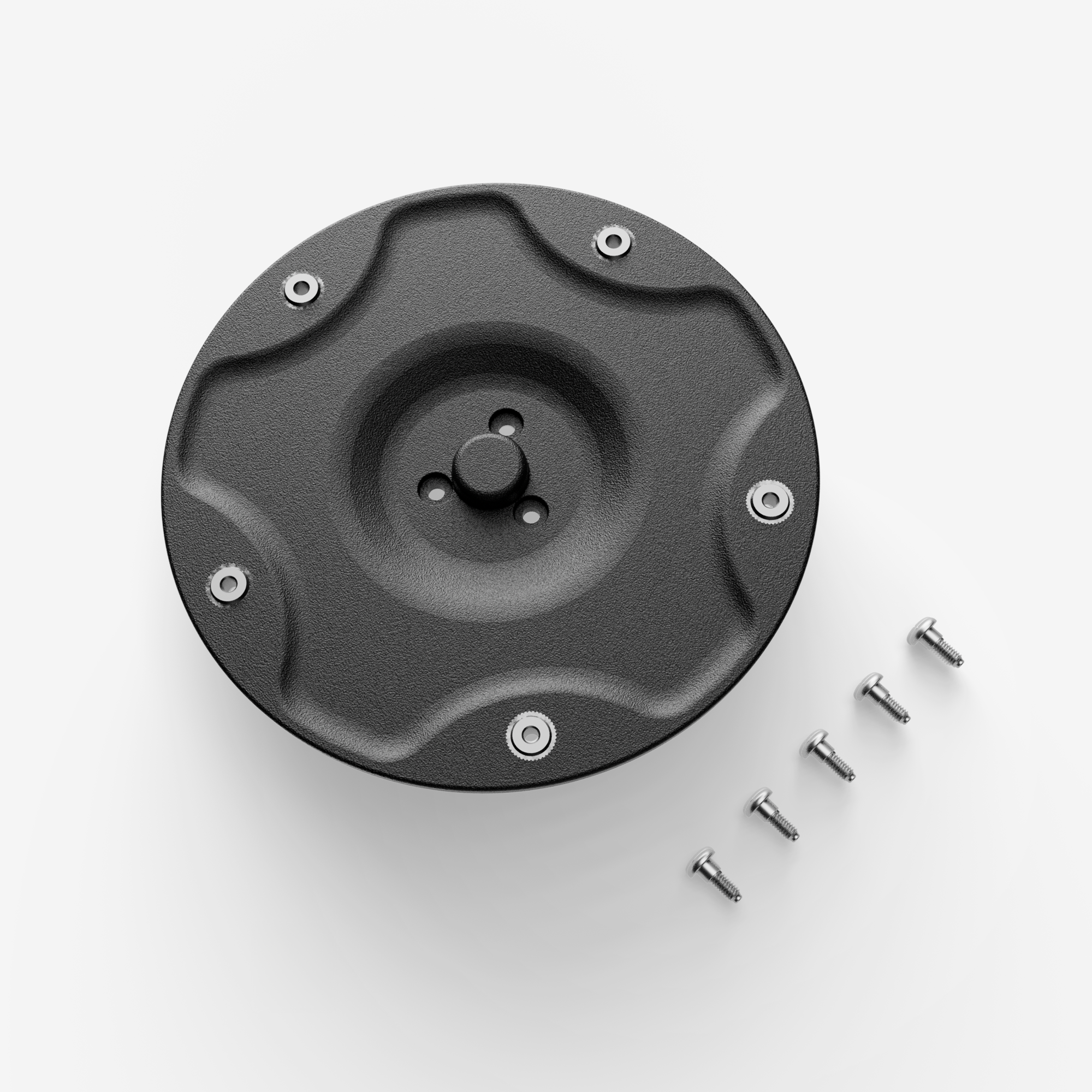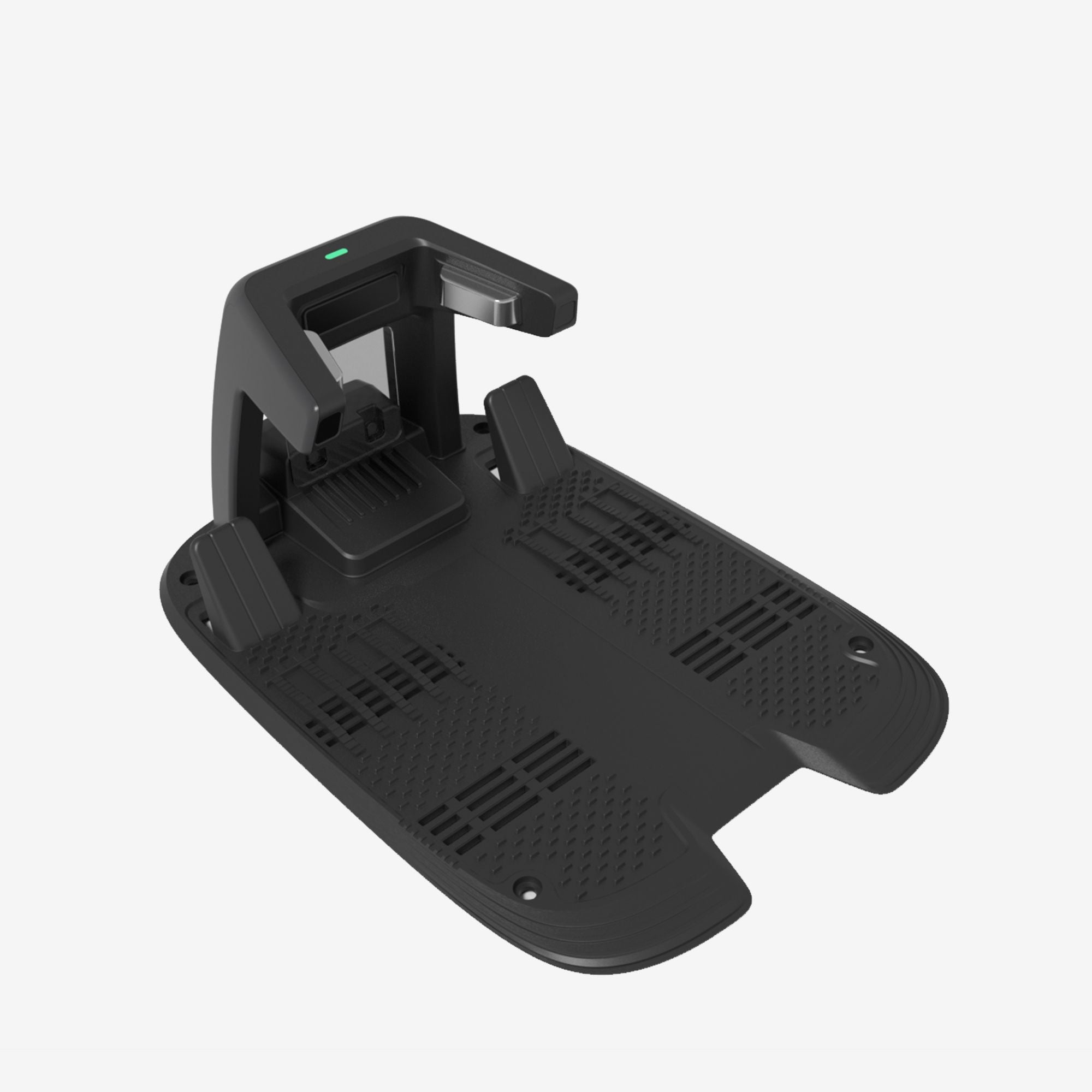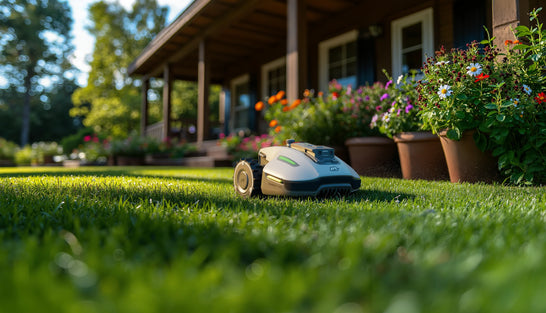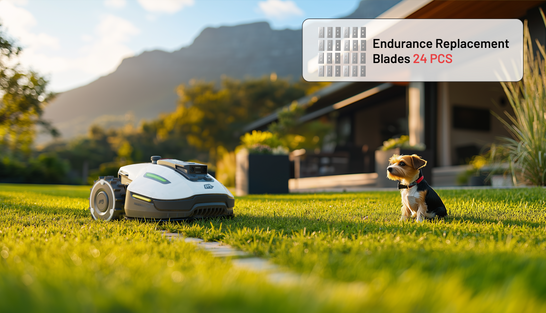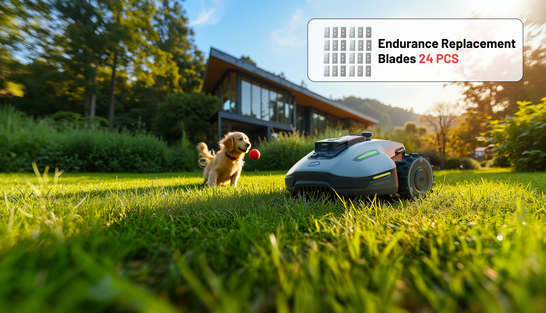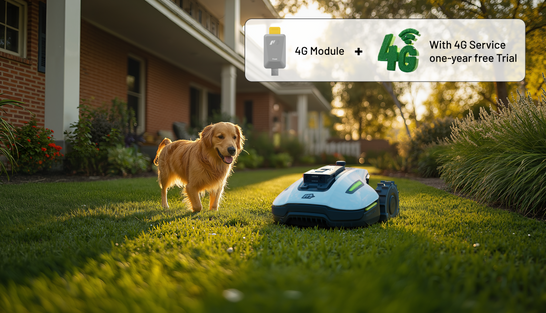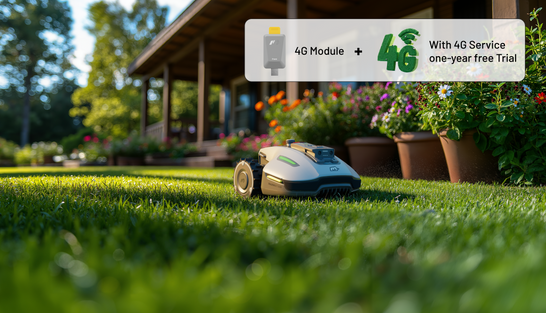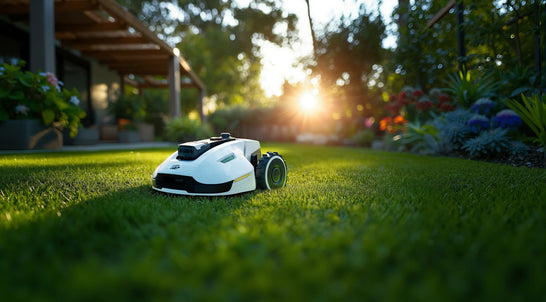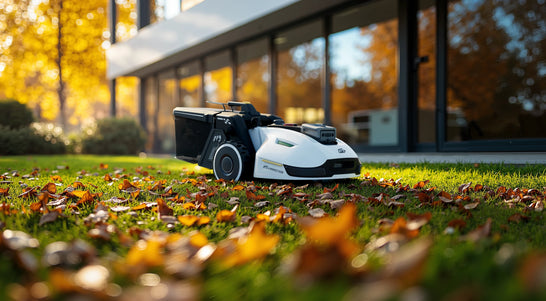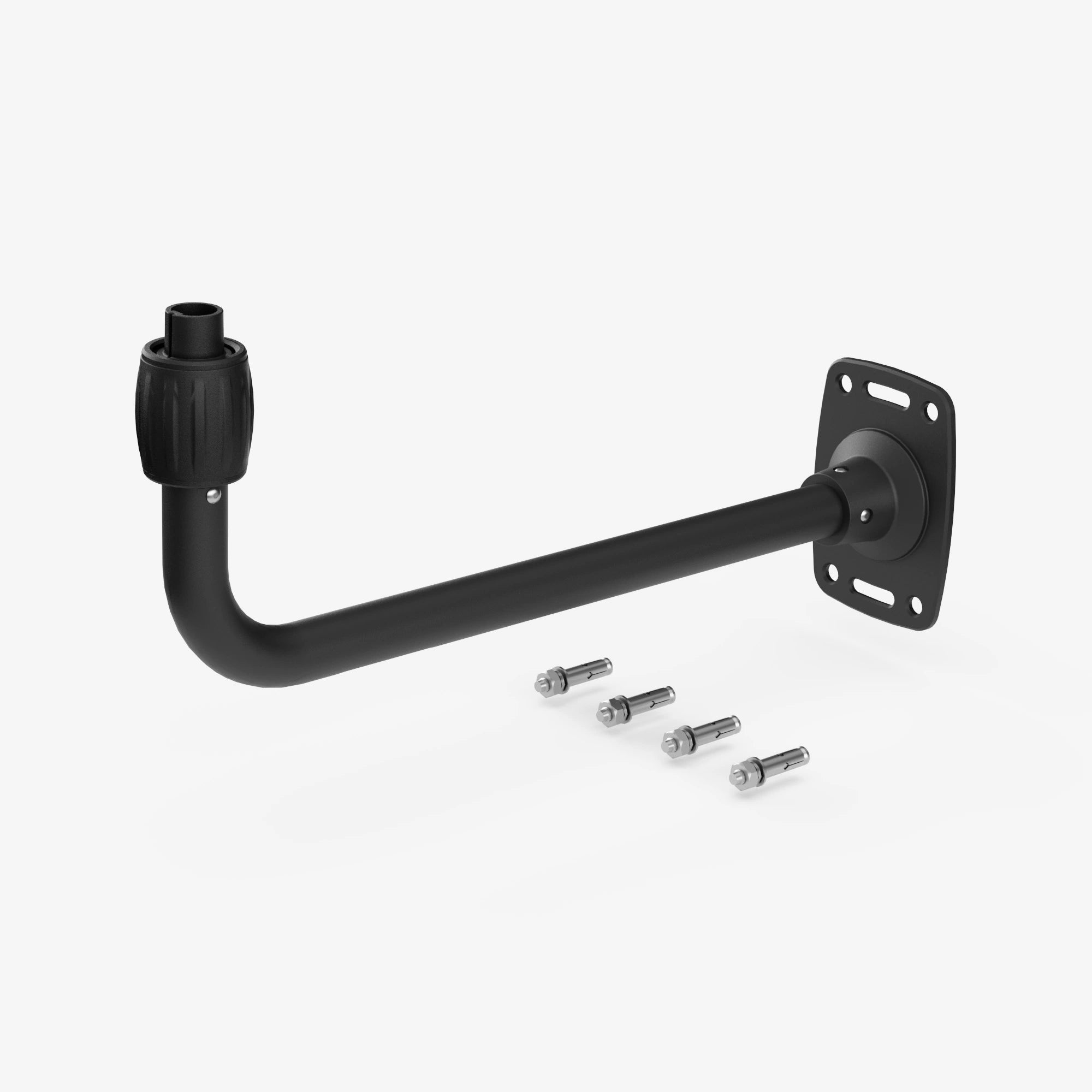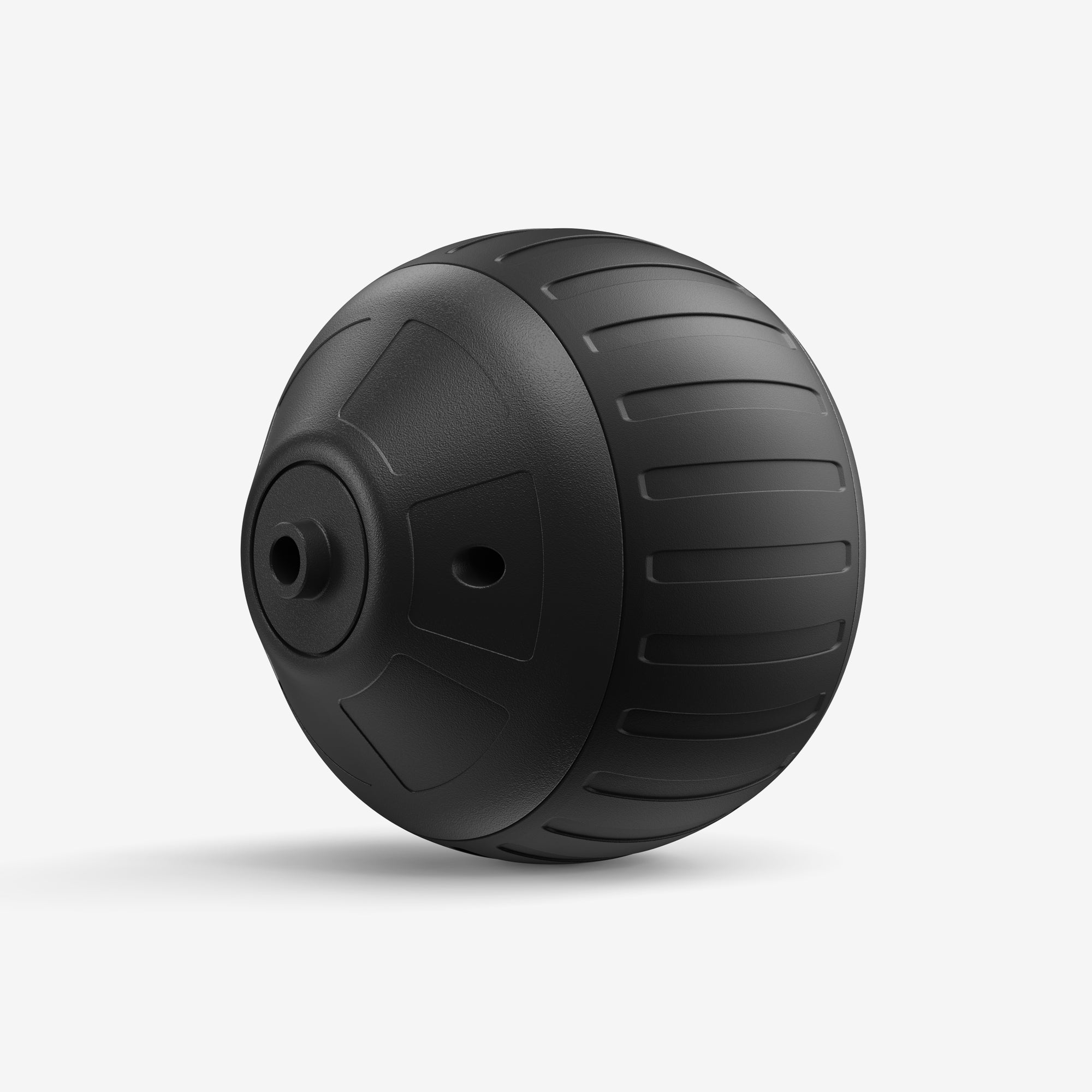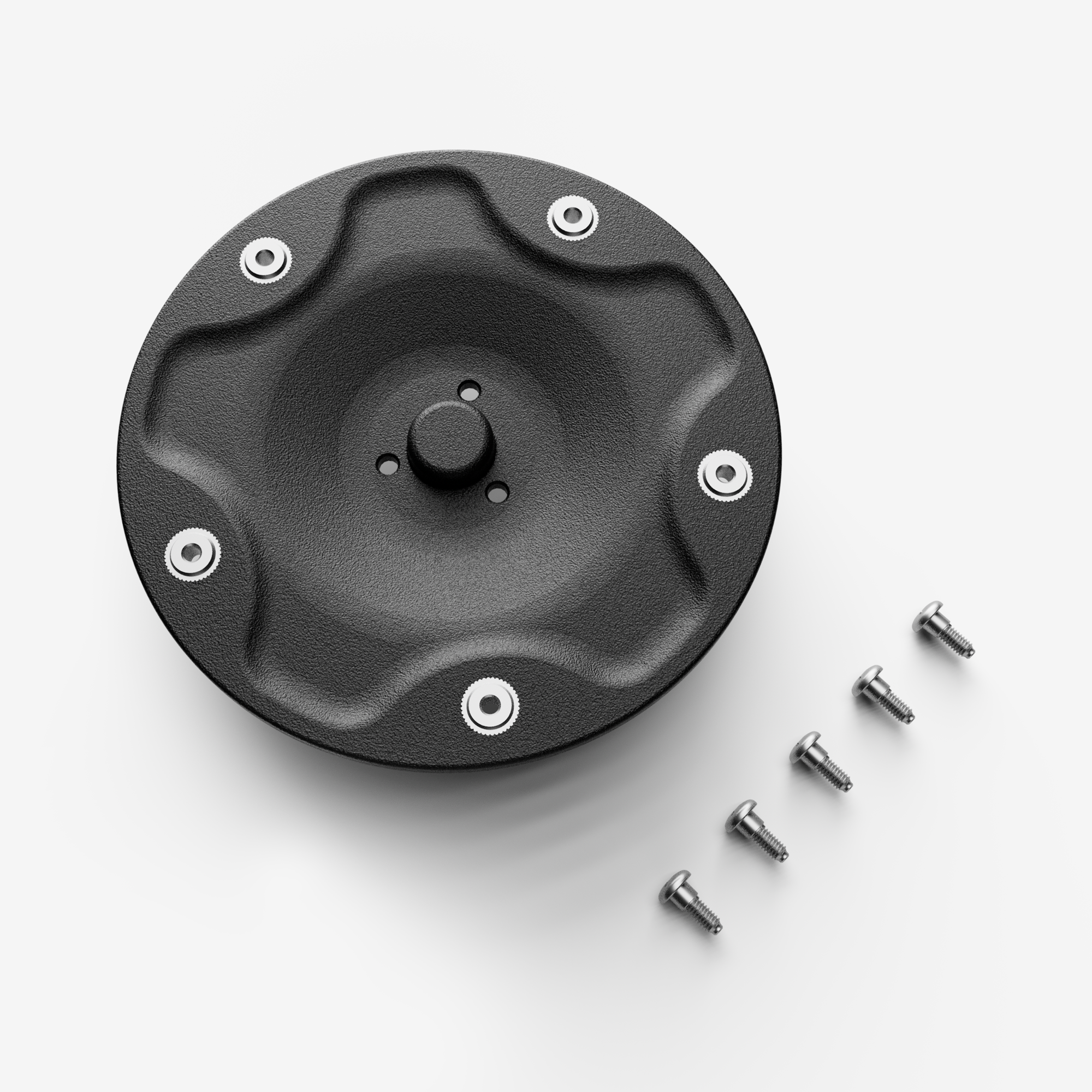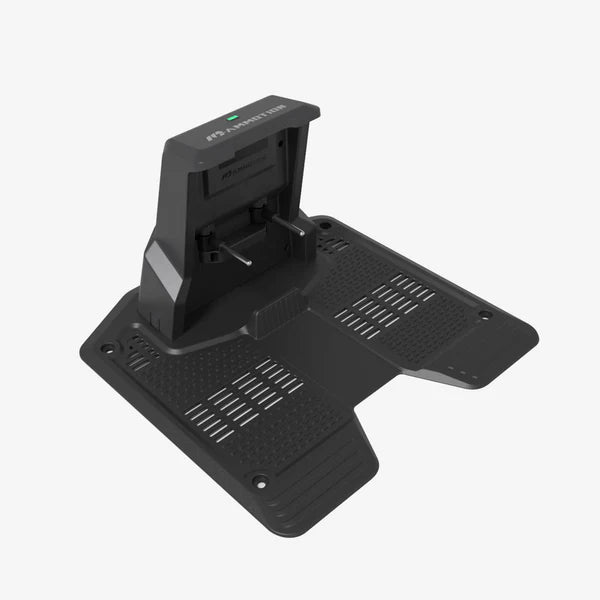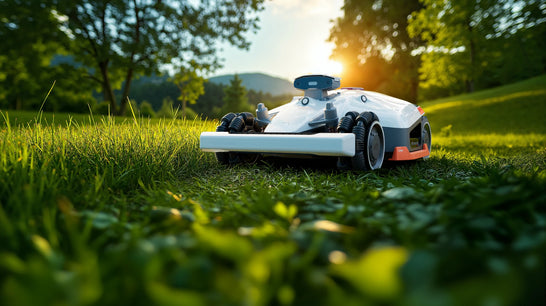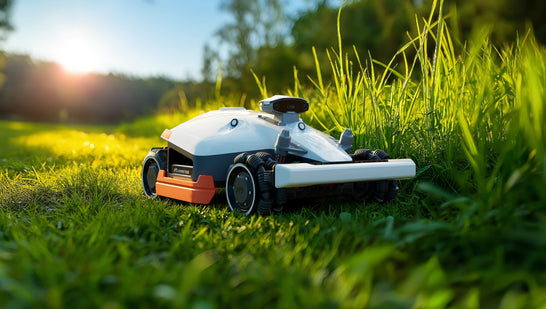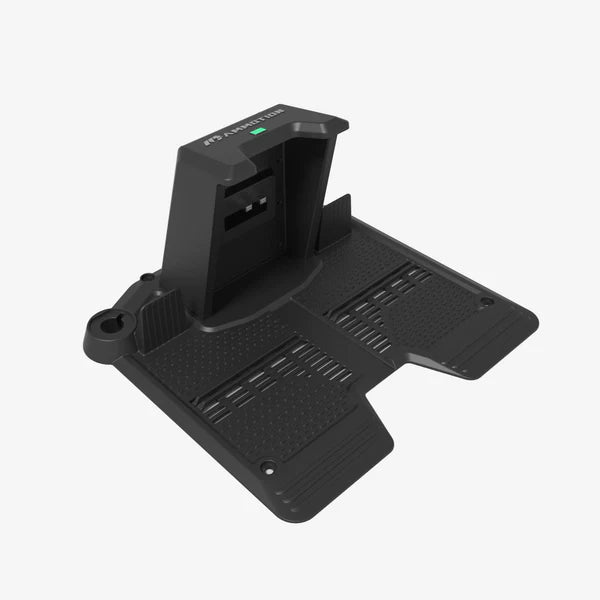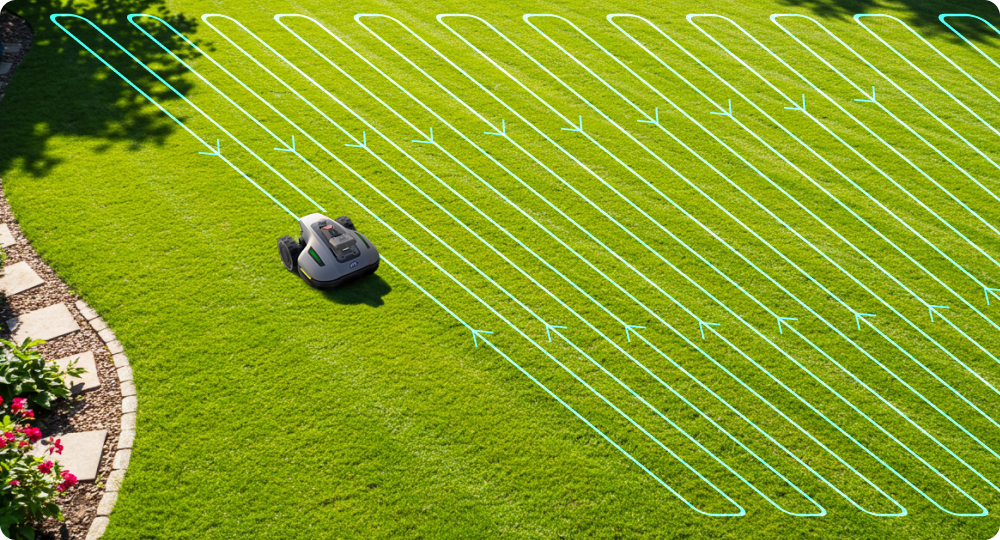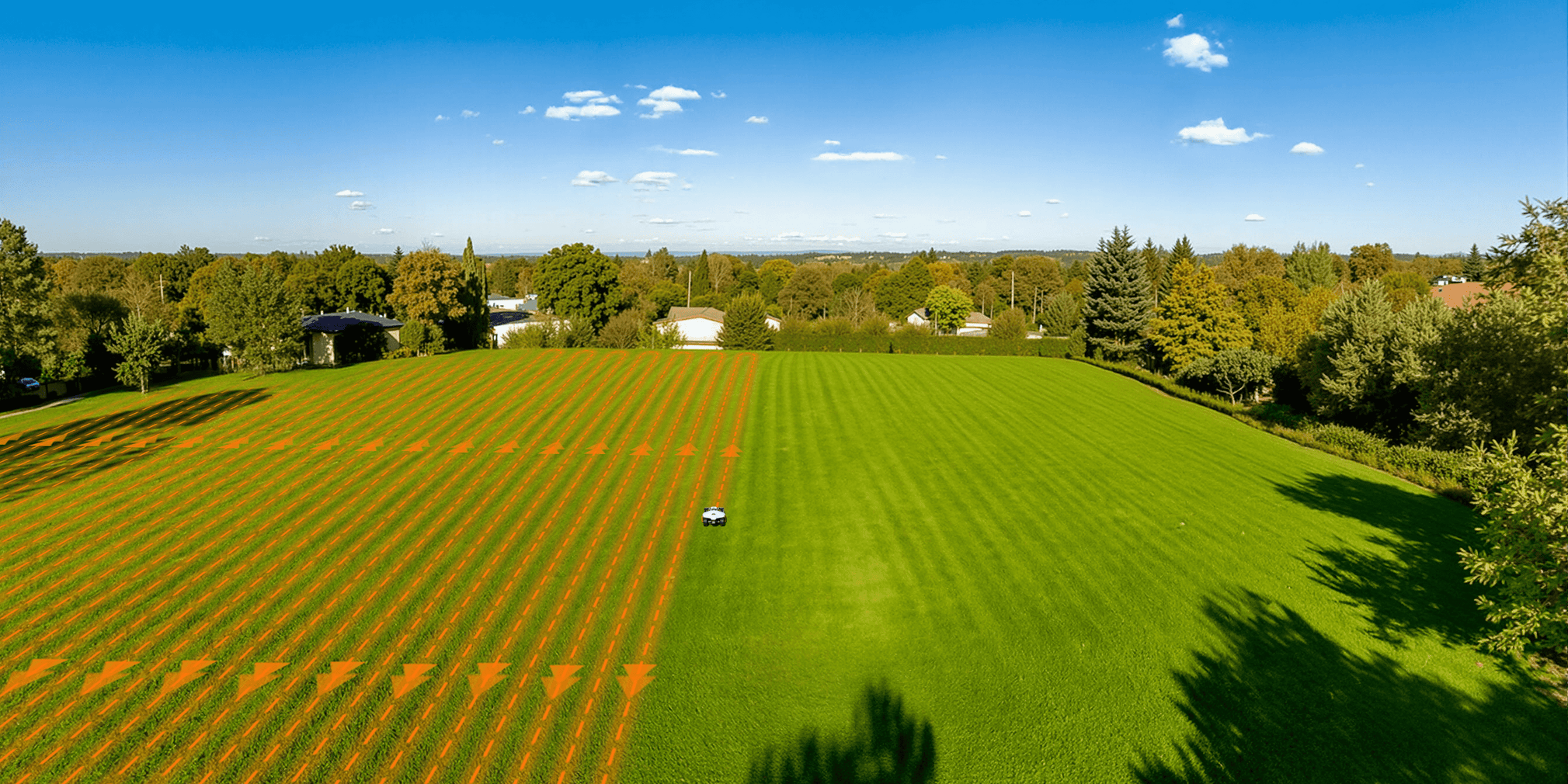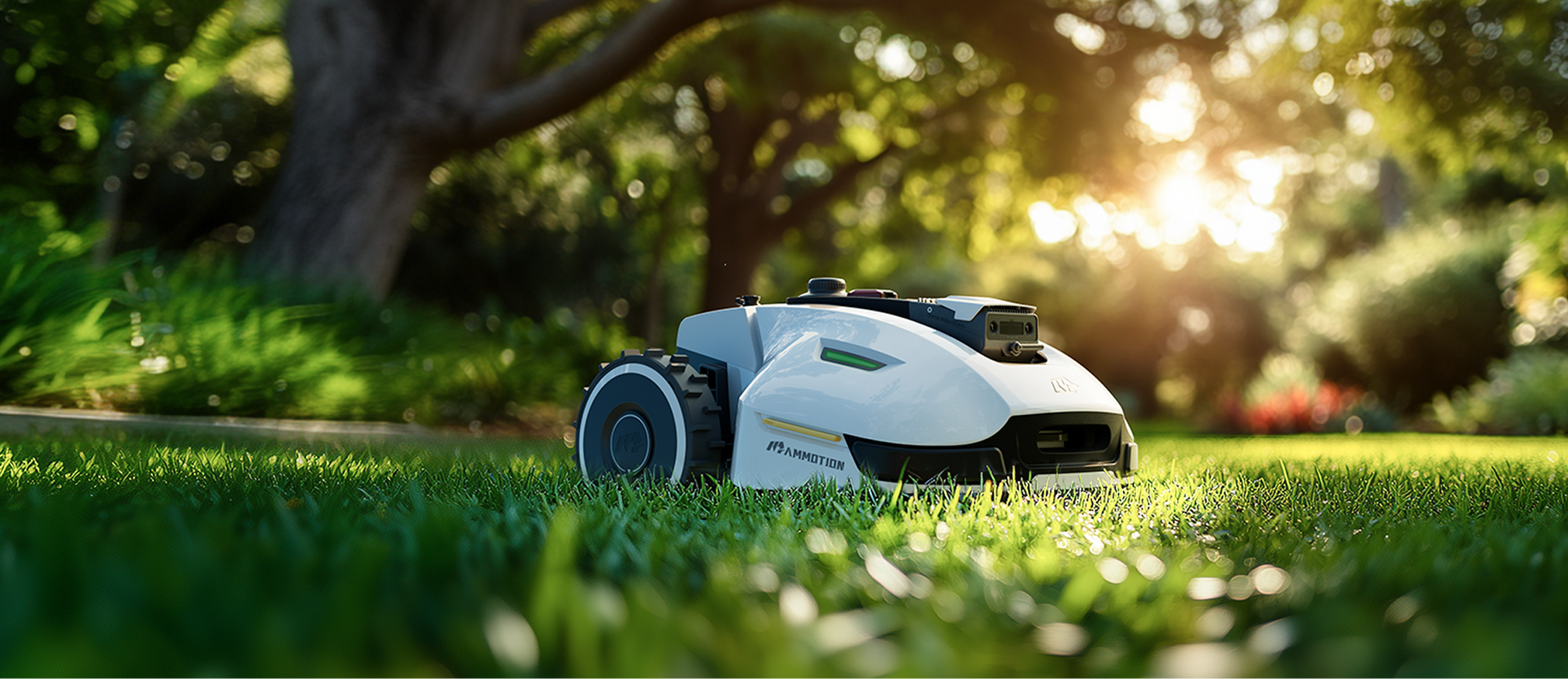Robot lawn mowers have gained significant popularity in recent years, offering a convenient and efficient way to maintain lawns with minimal effort. These high-tech devices navigate your yard autonomously, cutting grass while you sit back and relax. However, one common question that often comes up is, “Can robot lawn mowers cut wet grass?”
It’s a valid concern, as weather conditions play a big role in how well lawn care equipment performs. Wet grass, especially after a rainstorm or during humid weather, can be more challenging to mow, leading to clumping, uneven cuts, or even damage to the mower itself. In this article, we’ll explore whether robot lawn mowers are equipped to handle wet grass, how they perform in damp conditions, and which models are best suited for the job.
Why Wet Grass Is Challenging for Robotic Mowers
Wet grass presents several challenges for lawnmowers, both traditional and robotic. These challenges arise due to the additional weight, the increased resistance, and the way wet grass behaves when cut. For robotic mowers, wet conditions can affect their performance in ways that differ from traditional mowers.
While robotic mowers don’t face all of the same challenges as traditional mowers, they still encounter a few key difficulties when mowing wet grass:
- Slippery Terrain: Even with advanced all-terrain wheels, robotic mowers can still struggle to maintain traction on wet grass, especially on steeper inclines. If the mower’s wheels lose grip, it may become stuck or fail to move efficiently across the lawn.
- Mower Deck Clogging: Though robot mowers typically use a mulching system to finely chop grass, wet grass is more likely to get stuck in the deck, leading to clogging. As a result, some mowers may stop working or leave patches of unmowed grass behind.
- Battery Drain: Wet grass is heavier, meaning the mower has to work harder to cut it. As a result, robotic mowers may experience faster battery drainage when mowing wet lawns, requiring more frequent recharges.
- Blades Efficiency: Wet grass can sometimes cause robotic mower blades to work less effectively. Traditional mowers may have more powerful motors designed to handle wet grass, while robotic mowers generally have smaller, less powerful motors optimized for lighter tasks.
Can Robot Lawn Mowers Handle Wet Grass?
Many homeowners wonder if robot lawn mowers can handle the challenges presented by wet grass. While traditional mowers often struggle in these conditions, robotic mowers come equipped with advanced features designed to make mowing in wet weather easier. However, whether or not a robot mower can successfully mow wet grass depends on its design, technology, and features.
Key Features That Help Robot Mowers Tackle Wet Grass
1. Rain Sensors and Weather Detection: Most modern robot mowers come equipped with rain sensors or weather detection systems. These sensors detect when the mower is operating in rainy conditions or if the grass is too wet to mow effectively. In such cases, the mower will automatically return to its charging station, pausing its work until conditions improve.
- Benefit: This feature ensures that the mower doesn't attempt to mow when it’s not effective, helping to prevent damage to both the mower and the lawn.
2. Mulching Capability: Many robot mowers are designed to mulch the grass as they mow, finely chopping it and leaving it on the lawn as natural fertilizer. This is particularly helpful when dealing with wet grass, as mulching prevents clumping and ensures an even distribution of clippings across the lawn.
- Benefit: Instead of leaving behind wet clumps that can smother the lawn, mulching helps maintain a healthy yard by evenly spreading the grass clippings.
3. High-Torque Motors: Some robot mowers are equipped with high-torque motors, which provide more power to the blades, helping them cut through dense and wet grass more efficiently. These motors can handle the additional resistance caused by wet grass without overloading or losing efficiency.
- Benefit: High-torque motors allow robot mowers to cut wet grass without significantly reducing their performance or battery life.
4. Specialized Blades: Certain robotic mowers feature high-lift blades or larger cutting decks, which can make a big difference when mowing wet grass. High-lift blades are designed to create an upward lift, pulling wet grass up to be cut more evenly and preventing clogging of the mower deck.
- Benefit: These specialized blades help prevent the mower from getting stuck or slowing down due to wet grass buildup in the deck.
While robot mowers are not entirely immune to challenges posed by wet grass, many of the advanced models on the market today are built to handle these conditions. Their weather detection systems, mulching capabilities, and high-torque motors allow them to perform better in rainy and damp weather compared to traditional mowers.
Factors That Influence a Robot Lawn Mower’s Performance on Wet Grass
Several factors can impact how well a robot lawn mower handles wet grass. Understanding these elements can help you choose the right model for your needs, especially if you live in a region that experiences frequent rain or high humidity. Below, we’ll break down the key factors that can influence a robot mower's ability to mow wet grass.
1. Mower’s Cutting System
The cutting system is one of the most important components when it comes to handling wet grass. Some robot mowers come with specialized cutting systems designed to reduce clumping and improve performance in damp conditions.
- Mulching Blades: As mentioned earlier, mulching blades are ideal for wet grass. These blades chop the grass into fine pieces, which are then spread evenly over the lawn. This prevents large clumps from forming, which can damage your lawn and clog the mower.
- High-Lift Blades: High-lift blades create a stronger upward airflow, lifting the grass before it’s cut. This is beneficial for wet grass, as it helps the mower cut more evenly and reduces the risk of wet grass clumping under the mower deck.
- Multiple Blades: Some mowers use multiple smaller blades instead of one large blade, which allows them to cut grass more evenly and reduces the chance of clumping in wet conditions.
2. Sensors & AI Technology
Modern robot lawn mowers often come with advanced sensors and AI technology that help them navigate complex landscapes and adjust their operation based on environmental conditions. These features are crucial when mowing wet grass.
- Rain Sensors: Many robot mowers feature rain sensors that detect when it is raining or when the grass is too wet. These sensors automatically pause the mowing process and direct the mower back to its charging station, preventing ineffective mowing in wet conditions.
- AI Obstacle Detection: In wet conditions, obstacles like puddles, mud, or wet leaves can become more challenging. Robot mowers with AI-powered obstacle detection can identify and avoid these obstacles, ensuring the mower does not get stuck or cause damage to the lawn.
3. Battery Life & Performance
Battery life is a crucial factor when mowing wet grass. Wet conditions can increase the drag on the mower’s motor, leading to reduced battery efficiency. Additionally, extended mowing times due to the additional effort required to mow wet grass can drain the battery faster.
- High-Torque Motors and Longer Battery Life: Mowers with high-torque motors are designed to handle tougher conditions, including wet grass. These motors provide additional power to ensure consistent performance, even in challenging environments.
- Battery Capacity: Some robotic mowers are equipped with larger batteries that can last longer, especially in conditions where more power is needed to tackle wet grass. These models can mow for longer periods without needing a recharge, which is beneficial if you have a large lawn or experience frequent rainfall.
4. Mower Weight and Build Quality
The build quality of a robot mower is another key factor when it comes to its performance in wet conditions. Lighter mowers may have difficulty navigating wet and slippery grass, while heavier mowers with better traction can perform more reliably.
- Traction and Tires: Mowers with larger, durable tires offer better traction, which is essential when navigating wet grass or slippery surfaces. Some robot mowers are equipped with all-wheel drive systems to help them move efficiently on wet and uneven terrain.
- Waterproofing: A well-built, waterproof robot mower can withstand wet conditions without risking damage to its internal components. Make sure the model you choose has a good waterproof rating (usually IPX4 or higher) to ensure durability in damp weather.
5. Lawn Type and Terrain
Finally, the type of lawn and terrain you have will affect how well a robot mower can handle wet grass. For instance, lawns with steep slopes or uneven ground may pose more of a challenge for wet grass mowing. However, robot mowers with all-wheel drive and high-torque motors can often handle such conditions better.
What to Look for in a Robotic Mower for Wet Grass
If you live in an area with frequent rain or high humidity, choosing the right robot lawn mower is essential for maintaining a well-groomed lawn. Here are the key features to look for in a model that can handle wet grass effectively.
1. Rain Sensors & Smart Weather Detection
A good robotic lawn mower like Mammotion LUBA 2 AWD should have rain sensors that detect when it’s raining or when the grass is too wet. These sensors help prevent the mower from running in suboptimal conditions, which can lead to clumping and damage to the turf.
2. Strong Motor & High-Torque Performance
Mowing wet grass requires more power than dry grass, so a high-torque motor is essential. A powerful motor allows the mower to cut through thick, damp grass without slowing down or getting stuck.
3. Blade Type & Cutting System
The type of blades used in a robotic mower makes a significant difference when dealing with wet grass.
Mulching Blades: These blades chop grass into fine pieces, helping prevent clumps from forming.
High-Lift Blades: Designed to create airflow that lifts wet grass before cutting, ensuring an even trim.
Floating Cutting Decks: Some mowers automatically adjust blade height based on grass thickness and moisture levels.
4. Waterproof Design & IP Rating
Since mowing in wet conditions increases the risk of water exposure, ensure your robotic mower has a good waterproof rating. The IPX4 rating or higher means the mower can handle light rain and damp conditions without damage.
5. Traction & All-Wheel Drive (AWD)
Wet grass can be slippery, especially on hilly or uneven terrain. A robot mower with high-traction wheels or all-wheel drive (AWD) ensures better grip, preventing the mower from slipping or getting stuck.
6. Smart Mowing Scheduling & App Control
Some robotic mowers allow users to schedule mowing times and adjust settings remotely via a smartphone app. This is particularly useful for avoiding wet conditions by setting mowing schedules around the weather forecast.
Tips for Maintaining Your Robot Lawn Mower in Wet Conditions
Mowing wet grass can put extra strain on your robot lawn mower, so proper maintenance is essential to keep it running efficiently and extend its lifespan. Follow these best practices to ensure your mower stays in top condition.
1. Clean the Blades and Undercarriage After Each Use
How to Clean:
- Use a soft brush or cloth to remove stuck grass clippings.
- If necessary, rinse the deck with water (if your mower is waterproof – check the manual!).
- Avoid using a pressure washer, as it can damage electronic components.
- Regularly sharpen or replace dull blades to ensure a clean cut.
2. Check and Dry the Wheels for Better Traction
How to Maintain:
- Wipe mud and wet grass off the wheels after mowing.
- If your mower struggles on wet terrain, consider upgrading to high-traction wheels (some brands sell them separately).
- Ensure the wheel motors remain free from debris to avoid excessive wear.
3. Protect Sensors and Charging Contact
How to Prevent Issues:
- Regularly wipe down sensors and cameras with a dry microfiber cloth.
- Keep the charging station area clean to prevent dirt buildup on the charging contacts.
- Store the mower in a dry, shaded location when not in use.
4. Store Your Mower Properly During Rainy Periods
Storage Tips:
- If your mower is not fully waterproof, store it in a covered docking station or shed.
- Use a robot mower garage or rain cover to protect the charging station.
- If you expect stormy weather, consider bringing the mower indoors.
5. Adjust Mowing Schedules Based on Weather Conditions
Smart Scheduling Tips:
- Use the app control (if available) to set mowing schedules based on the weather forecast.
- If rain is expected, pause mowing to avoid unnecessary strain on the mower.
- If you must mow after rain, wait until the grass is damp rather than soaking wet.
6. Perform Regular Maintenance Check
Checklist:
☑ Inspect Blades – Replace or sharpen them if they appear dull.
☑ Check Battery Life – Wet grass can cause extra resistance, draining the battery faster.
☑ Update Firmware – Many smart mowers receive software updates for better performance.
☑ Examine Wheels and Motors – Ensure they spin freely and are free from debris.
☑ Test Rain Sensors – If your mower has rain sensors, confirm they pause mowing when wet conditions are detected.
Conclusion
Robot lawn mowers offer convenience, efficiency, and automation, but wet grass presents unique challenges. While some high-end models are equipped to handle damp conditions, mowing wet grass can lead to clumping, traction issues, and added wear on your mower.
If you live in a rainy or humid climate, invest in a robot mower with rain detection, strong traction, and a waterproof design. However, when possible, it's still best to wait until the grass is dry before mowing to maintain your lawn’s health and extend the life of your mower.
By choosing the right robotic mower and following proper maintenance practices, you can keep your lawn in top shape—even in wet conditions!

